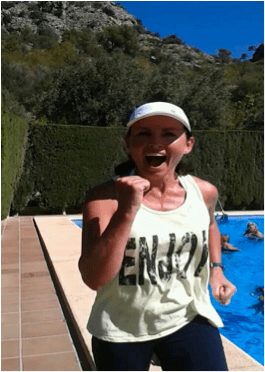Want To Quit Your Day Job?
Isn’t it time to take responsibility for your life and happiness? You have a choice……
Make it your goal and become a success
“SUCCESS IS GOALS!”
 Over the years I’ve been on numerous courses and workshops to do with things like Personal Excellence, Business Growth, Exemplary Customer Service etc….and I’ve read lots of books on positive thinking – how to get the best from yourself – think Big – get Rich – ( you get the gist!) And the one thing that kept coming up in every area, was the importance of having goals.
Over the years I’ve been on numerous courses and workshops to do with things like Personal Excellence, Business Growth, Exemplary Customer Service etc….and I’ve read lots of books on positive thinking – how to get the best from yourself – think Big – get Rich – ( you get the gist!) And the one thing that kept coming up in every area, was the importance of having goals.
Goals get you from where you are now >>>>>>>>>>>>>>>>>> to where you want to be.
They’re like a map, they get us from A to B with the most efficiency. Without a map we get lost, we waste time and we go round in circles.
We’re used to goals in the fitness industry. We set goals with our clients. Hopefully, we set goals for ourselves too.





